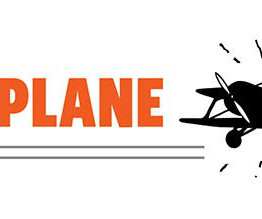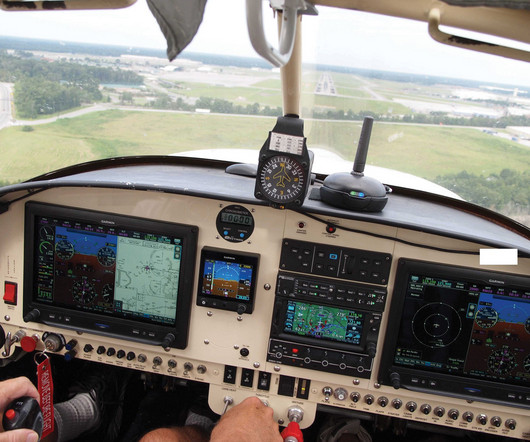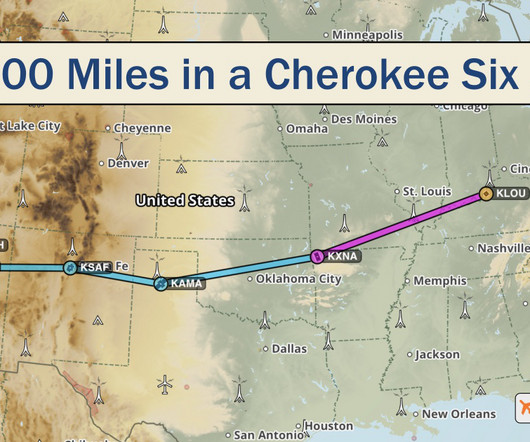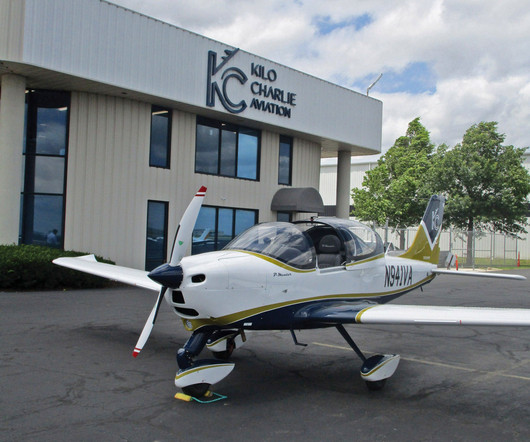The Ercoupe
Plane and Pilot
JANUARY 12, 2025
The Ercoupe design featured an interconnect between the full-span ailerons, rudder, and steerable nosewheel. Ercoupe fans shouldnt feel slighted as this collapse happened across postwar general aviation. With the canopy open, the wind in your hair, and the leisurely 80-knot cruise, it is flying at its most basic best.



















Let's personalize your content